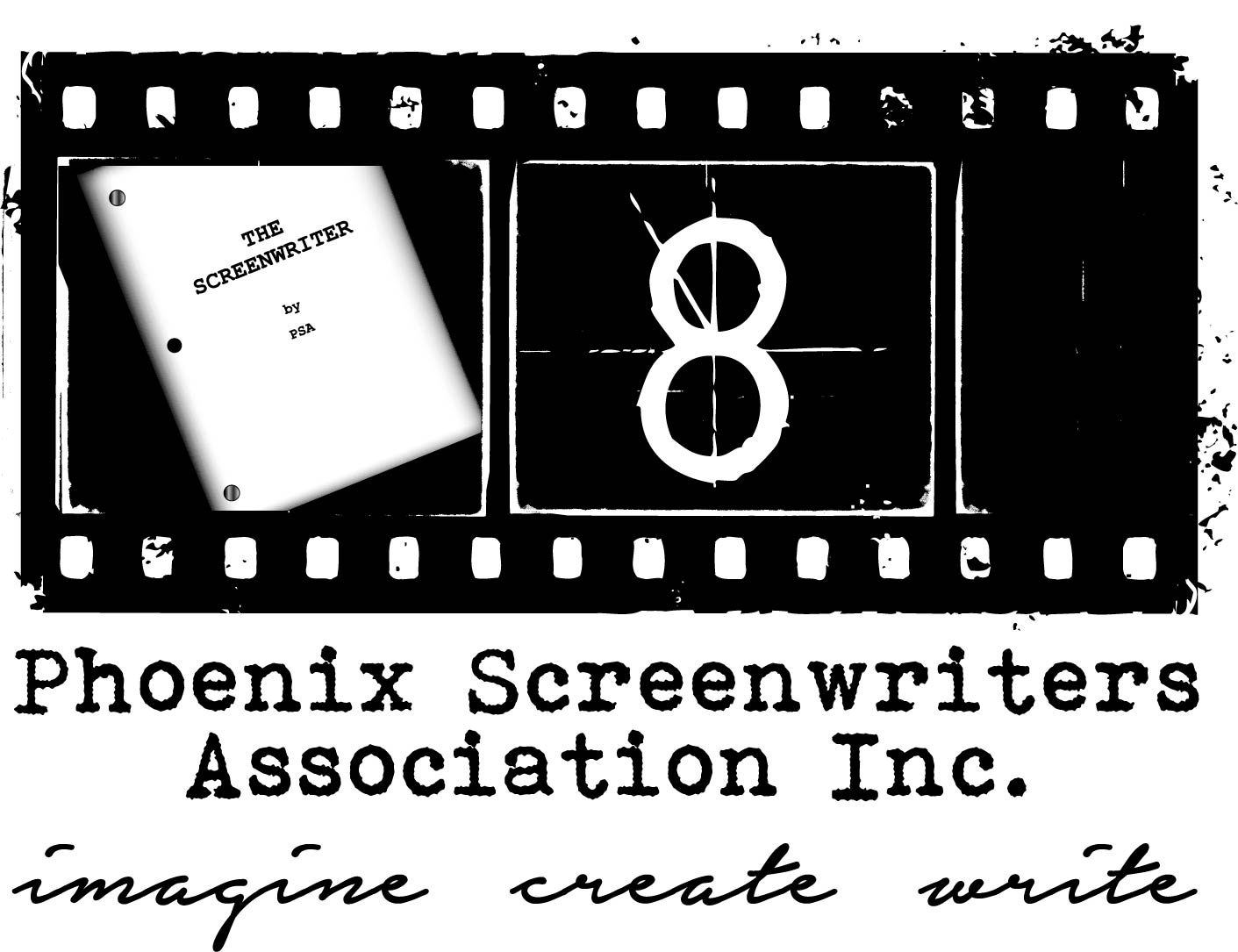
The Art of Giving Feedback
by Sarah Archer
If you’re part of a community of writers, like the Phoenix Screenwriters Association, chances are you spend some time on both the giving and receiving ends of notes. If you’re early in your writing career, maybe you feel like you’re not qualified to advise others on their writing, or you don’t know what feedback to give or how to give it. But your opinions are valuable! After all, we’re all trying to create movies and TV shows that will appeal to audiences—and those audiences could include you. Here are a few things to keep in mind to make your critiques helpful, and easy for the writer to receive.
- Include both praise and constructive criticism. Of course the main goal with notes is to focus on what can be improved, but it’s also useful to know what’s working. That gives the writer an idea of what to keep in there or do more of—and gives them encouragement and motivation to see the project through. You can always find at least one element of a script to compliment the writer on, and at least one suggestion to provide or question to pose. I aim for what I call a happy sandwich: praise, constructive criticism, praise. That way you start things off on a good note, assuaging the nerves that many of us have when receiving critiques, then you focus the majority of your time on useful criticism, then you leave the writer with some positive words so they’ll feel inspired to go off and tackle that edit.
- Calibrate the scope of your feedback according to the situation. If you’re reading an early draft, it may be best to focus on big picture thoughts. Getting into the nitty gritty could be a waste of time if much of the script is going to change anyway. If you’re reading a later draft, or something that’s already pretty polished, it’s probably worth it to get more granular with line-by-line level notes.
- Balance descriptive and prescriptive feedback. Descriptive feedback describes your reaction to the piece: “I loved this character,” or “I thought the climax was exciting,” or “I found my attention wandering in this scene,” or “I didn’t understand this plot point.” Prescriptive feedback suggests edits the writer could make: “Cut this line,” or “Age this character up,” or “Spread out the exposition.” Prescriptive feedback is a bit of a controversial topic. Some say you should only give descriptive notes, since all you can account for is your own impressions, and it’s not up to you to tell the writer what to do. Personally, I like giving and getting prescriptive feedback because it’s still ultimately up to the writer what, if anything, to do with those comments. If someone gives me a prescriptive note, I might really like their idea and end up taking it. Or maybe I don’t want to do exactly what they said, but their suggestion sparks ideas for other changes that I could implement, or helps me understand their reaction more clearly. Or maybe I’ll decide not to use their feedback at all. Really, there’s nothing to lose in offering suggestions for changes the writer could make. If you’re giving prescriptive feedback, though, just make sure to pair it with descriptive feedback, so the writer understands where the note is coming from and what it’s meant to address.
- Help the writer achieve their goals, not yours. Be mindful of your own sensibilities while reading, and take into account how those impact your experience of the text. I’m not generally a fan of action movies, so if I read an action script, I know that I probably won’t love it. But that doesn’t mean that fans of the genre wouldn’t. I try to discern how much of my reaction is informed by my own preferences and how much stems from something that could potentially be improved in the script. While I don’t generally enjoy car chases, I know many people do, so I wouldn’t give the note to take out a car chase scene just because it didn’t resonate with me, unless there were other, story-specific reasons I thought it wasn’t working. If someone is trying to write a high-octane, action-packed script, I’ll look for ways to help them achieve that, rather than turning it into the character drama I might write.
- Address the writing, not the writer. Phrase your notes—especially the constructive criticism—in a way that’s craft-focused, rather than personal. You don’t want to leave someone feeling like they can’t write and should just throw in the towel. For instance, “I think the structure lags in spots A and B” is both more specific and more tactful than “You need to learn how to outline.”
- The best tip I can provide about giving feedback? Do it! Read for your fellow writers as often and freely as you can. It’s a simple way to give back and help out your comrades-in-arms. Writers who receive your notes will also be likely to return the favor, so you can build your network of readers and get that invaluable resource of feedback for your own work. Plus, reading critically, with an eye towards not just how you feel about a piece, but what makes you feel that way, and how it could be optimized, will deepen your understanding of craft and strengthen you as a writer. They say it’s better to give than to receive, but when you give notes, you’re doing both.
Sarah Archer’s debut novel, The Plus One, was published by Putnam in the US and received a starred review from Booklist. It has also been published in the UK, Germany, and Japan, and is currently in development for television. As a screenwriter, she has developed material for MTV Entertainment, Snapchat, and Comedy Central. She is a Black List Screenwriting Lab fellow who has placed in competitions including the Motion Picture Academy’s Nicholl Fellowship and the Tracking Board’s Launch Pad. Her short stories and poetry have been published in numerous literary magazines, and she has spoken and taught on writing to groups in several states and countries. She is also a co-host of the award-winning Charlotte Readers Podcast. You can find her online at saraharcherwrites.com.
